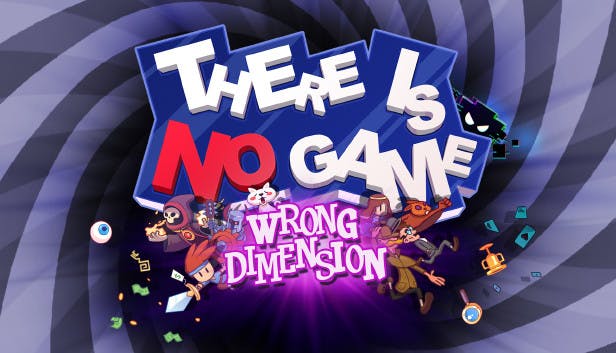They are also only being investigated when there is a reason.
I have not followed the news much, but reading about it at TechCrunch, there was much thought to ensure people aren't investigated without a reason.
[HIDEPOSTS]If everything is done on your device, matched against already documented images, if there is indeed a one in a trillion chance of a false positive, and if there is no way to decrypt your data unless you are classified as positive, it is pretty well-thought. This looks very different to a backdoor.
Apple is trying to calm fears by baking in privacy through multiple layers of encryption, fashioned in a way that requires multiple steps before it ever makes it into the hands of Apple’s final manual review.
NeuralHash will land in iOS 15 and macOS Monterey, slated to be released in the next month or two, and works by converting the photos on a user’s iPhone or Mac into a unique string of letters and numbers, known as a hash. Any time you modify an image slightly, it changes the hash and can prevent matching. Apple says NeuralHash tries to ensure that identical and visually similar images — such as cropped or edited images — result in the same hash.
Before an image is uploaded to iCloud Photos, those hashes are matched on the device against a database of known hashes of child abuse imagery, provided by child protection organizations like the National Center for Missing & Exploited Children (NCMEC) and others. NeuralHash uses a cryptographic technique called private set intersection to detect a hash match without revealing what the image is or alerting the user.
The results are uploaded to Apple but cannot be read on their own. Apple uses another cryptographic principle called threshold secret sharing that allows it only to decrypt the contents if a user crosses a threshold of known child abuse imagery in their iCloud Photos. Apple would not say what that threshold was, but said — for example — that if a secret is split into a thousand pieces and the threshold is ten images of child abuse content, the secret can be reconstructed from any of those ten images.
It’s at that point Apple can decrypt the matching images, manually verify the contents, disable a user’s account and report the imagery to NCMEC, which is then passed to law enforcement. Apple says this process is more privacy mindful than scanning files in the cloud as NeuralHash only searches for known and not new child abuse imagery. Apple said that there is a one in one trillion chance of a false positive, but there is an appeals process in place in the event an account is mistakenly flagged.
Apple has published technical details on its website about how NeuralHash works, which was reviewed by cryptography experts and praised by child protection organizations.

Apple confirms it will begin scanning iCloud Photos for child abuse images – TechCrunch
The feature lands later this year, but already faces resistance from security and privacy experts.
Last edited:

































